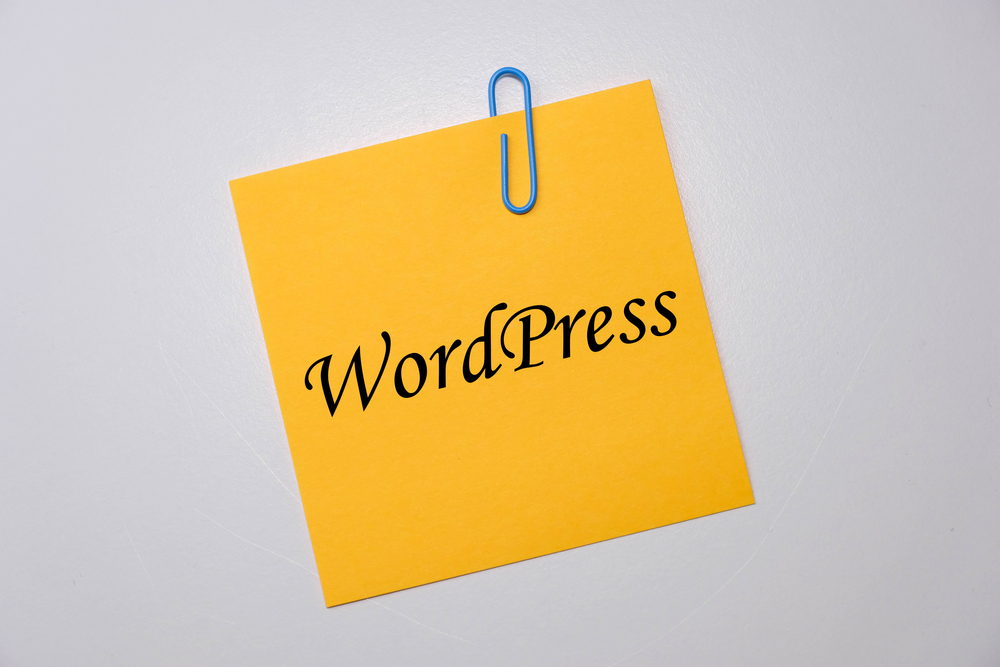
Mastering WordPress: Essential Tips for Customization and Maintenance

WordPress is a popular content management system that allows you to create and maintain a website with ease. Whether you're a beginner or an experienced user, mastering WordPress (the blogging platform) is essential to customize and maintain your website effectively. In this article, we'll explore some valuable tips to help you make the most out of WordPress (or WP) .
1. Choose the Right Theme
One of the first steps in customizing your WordPress (WP) website is selecting the right theme. A theme determines the overall design and layout of your site, including color scheme, fonts, and page structure. There are thousands of free and premium themes available, so choose one that aligns with your website's purpose and reflects your brand identity.
When selecting a theme, consider responsiveness, as more and more users access websites through mobile devices. Ensure the theme is fully compatible with the latest version of WordPress (the platform for bloggers) , as this ensures a seamless experience and reduces security risks.
2. Customize the Appearance with Plugins
WordPress plugins are additional software that extends the functionality of your website. When it comes to customization, plugins offer a wide range of options to enhance the appearance and performance of your site.
Some popular plugins for customization include page builders like Elementor or Divi, which allow you to create custom layouts without any coding knowledge. Additionally, plugins like Yoast SEO help improve search engine optimization, while WooCommerce enables you to set up an online store.
3. Optimize Website Performance
Website performance plays a crucial role in user experience and search engine rankings. Optimizing your WordPress site ensures faster page loading times and better overall performance.
Start by keeping your WordPress installation and plugins up to date, as newer versions often include performance enhancements and security patches. Additionally, use caching plugins to store static versions of your web pages, reducing server load and speeding up page load times.
Furthermore, optimize your images by compressing them without significant quality loss. Large image files can significantly slow down your site, so use plugins like Smush or ShortPixel to automatically compress images upon upload.
4. Regularly Backup Your Website
Maintenance is a crucial aspect of managing your WordPress website. Regularly backing up your website ensures that you have a copy of your data in case of emergencies, such as a website crash or a security breach.
WordPress offers various backup plugins that provide automated backup solutions. These plugins can schedule regular backups and store them in secure locations like cloud storage services or remote servers. Pick a plugin that suits your needs and make it a habit to perform regular backups.
5. Stay Secure with Updates and Security Plugins
Security concerns are a common issue for WordPress websites, but there are measures you can take to protect your site from potential threats.
Keeping your WordPress installation, themes, and plugins updated is crucial. Updates often contain security patches that address vulnerabilities discovered by the WordPress community. Always install the latest updates to ensure your site remains secure.
In addition to updates, security plugins can provide an extra layer of protection for your website. Plugins like Wordfence or Sucuri offer features such as firewall protection, malware scanning, and login security to safeguard your WordPress site.
Frequently Asked Questions
1. How do I install a new theme in WordPress?
To install a new theme in WordPress, navigate to the "Appearance" tab in the WordPress dashboard. From there, click on "Themes" and then "Add New." You can search for themes directly within the WordPress theme repository or upload a theme from your computer.
2. Can I customize my WordPress website without coding?
Absolutely! WordPress offers various plugins, such as page builders, that allow you to customize your website without any coding knowledge. Plugins like Elementor, Divi, or Beaver Builder provide a drag-and-drop interface, making it easy to create custom layouts.
3. How often should I back up my WordPress website?
It is recommended to back up your WordPress website regularly, especially before making any major changes or updates. Depending on how frequently you update your content, a weekly or monthly backup schedule is usually sufficient. However, if your website undergoes frequent changes, it's wise to perform daily or incremental backups.
4. Why should I update WordPress, themes, and plugins regularly?
Updating your WordPress installation, themes, and plugins is essential for security and performance reasons. These updates often include bug fixes, performance improvements, and security patches that keep your website running smoothly and protect it from potential vulnerabilities.
5. How can I improve the speed of my WordPress website?
To improve the speed of your WordPress website, you can take several steps:
- Choose a reliable web hosting provider that offers fast server performance.
- Optimize your images by compressing them without significant quality loss.
- Utilize caching plugins to store static versions of your web pages.
- Minify and combine your CSS and JavaScript files to reduce file sizes.
By implementing these measures, you can optimize your website's performance and provide a better user experience.
Mastering WordPress is a continuous process, as the platform regularly updates and evolves. By following these essential tips for customization and maintenance, you'll be well-equipped to build and maintain a successful WordPress website.
Other useful resources
- https://www.wordpress24plus.com/topics/wordpress-tips-and-tricks/